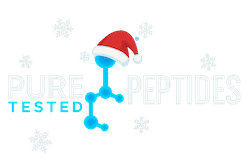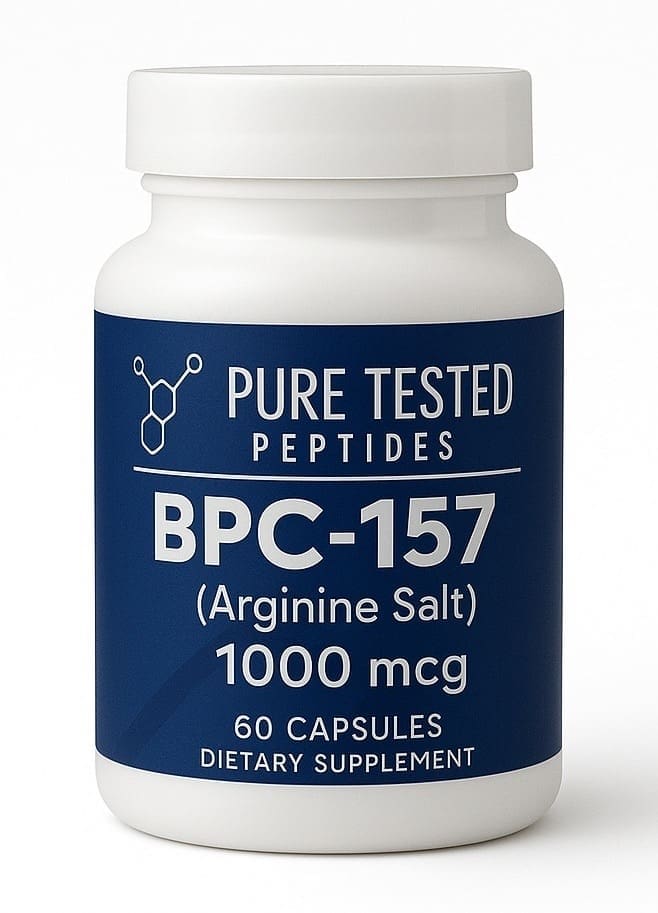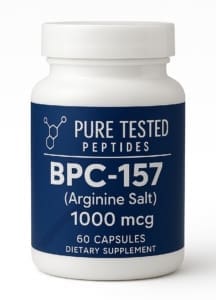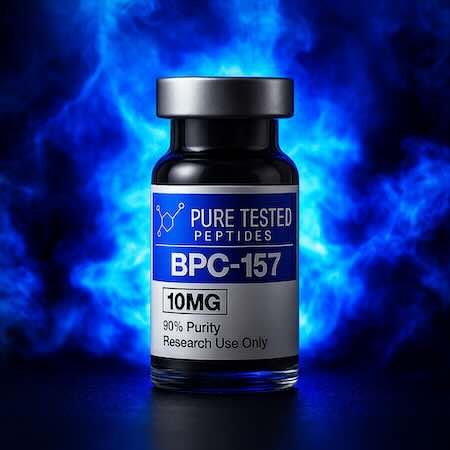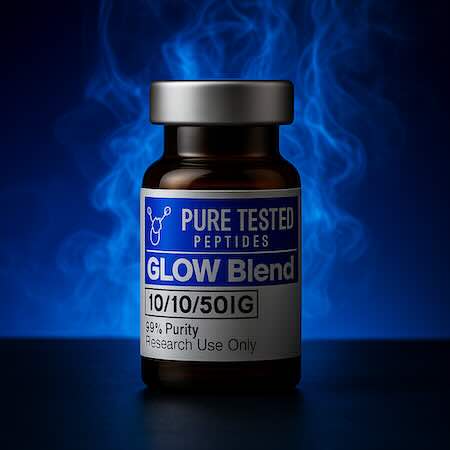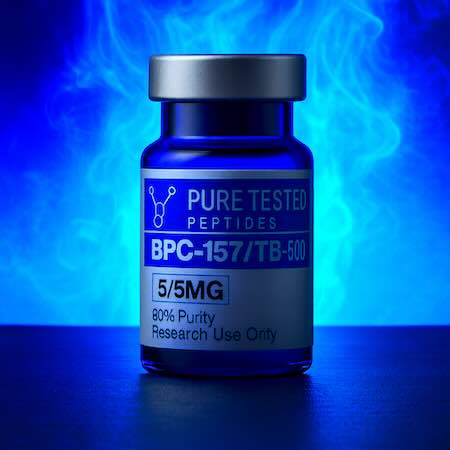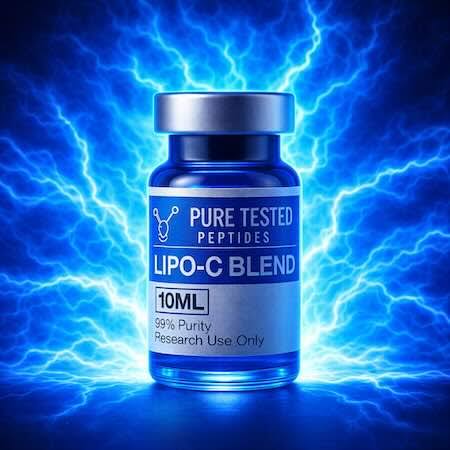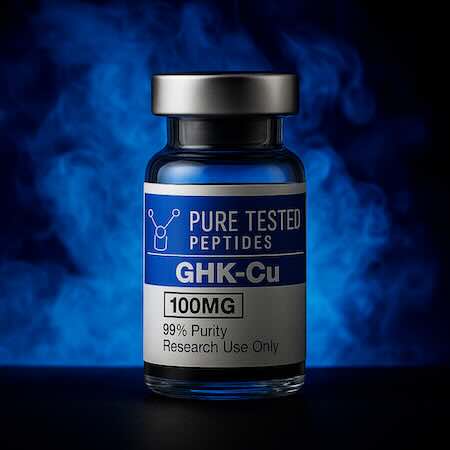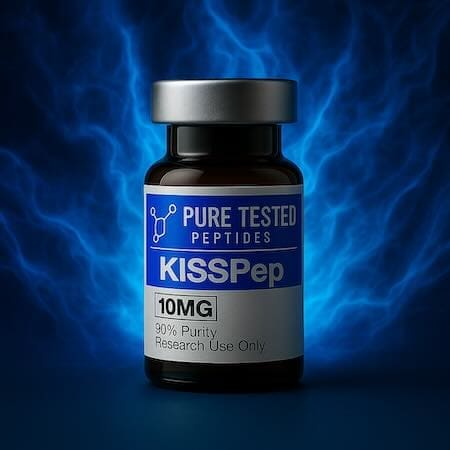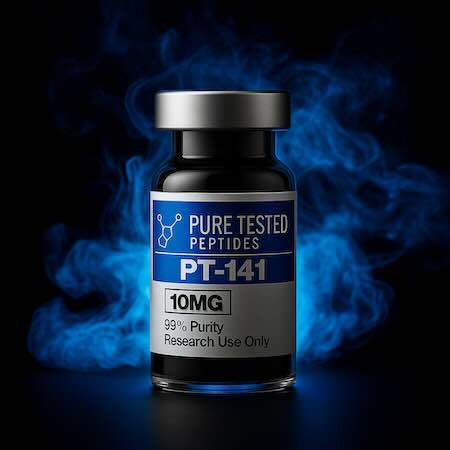Description
BPC-157 Capsules for sale
BPC-157 500mcg capsules for sale have undergone a great deal of research because its healing abilities extend well beyond the lining of the stomach. Studies in animal models indicate that BPC-157 can enhance angiogenesis, promote wound healing, stimulate collagen synthesis, modulate the inflammatory response, and protect against oxidative stress. The peptide has shown benefits in animal models with inflammatory bowel disease, GI ulcers, musculoskeletal injuries, heart damage, eye injuries and neurological damage. Research has shown that the oral bioavailability of BPC-157 is quite high.
Research Summary
BPC-157 capsules for sale
Mechanism of Action on bpc157 capsules for sale
1) Modulation of the Nitric-Oxide (NO) System
Multiple reports describe a relationship between BPC-157 and NO-system homeostasis (vascular integrity, platelet control), positioning BPC-157 within a conserved injury-response network (Sikiric 2014, review). In isolated aorta experiments, BPC-157 modulated vasomotor tone in a concentration- and NO-dependent manner (Hsieh 2020).
2) Pro-angiogenic Signaling via VEGFR2 → Akt → eNOS
In cellular and animal models, BPC-157 increased endothelial tube formation and improved blood-flow recovery after hind-limb ischemia. Mechanistically, this was associated with increased expression/internalization of VEGFR2 and activation of downstream Akt-eNOS signaling (Hsieh 2017). Related work showed context-appropriate angiogenesis during muscle/tendon healing, with VEGF-linked markers in vivo (Brcic 2009).
3) Growth-Hormone Receptor (GHR) Up-regulation & JAK2 Signaling (Tendon Fibroblasts)
In rat tendon fibroblasts, BPC-157 up-regulated growth hormone receptor and enhanced downstream JAK2 activation upon GH exposure, correlating with proliferative markers; authors proposed this as a potential contributor to tendon-repair biology (Chang 2014).
4) Cytoprotection & Tissue Integrity (Gastrointestinal Concept)
Within “Robert’s cytoprotection/adaptive cytoprotection” framework, BPC-157 has been discussed as a stable peptide with broad mucosal-protective properties in preclinical models (Sikiric 2019, review; Sikiric 2006, review).
Evidence Snapshot (preclinical context)
- Tendon & connective tissue models: Rat Achilles tendon and quadriceps injury models reported accelerated healing with BPC-157; tendon-to-bone integration also noted in preclinical settings (Staresinic 2003; Chang 2011). Mechanistic work suggests GHR up-regulation/JAK2 engagement in tendon fibroblasts (Chang 2014).
- Angiogenesis & perfusion: Endothelial tube formation and improved blood-flow recovery after ischemia described via VEGFR2-Akt-eNOS signaling (Hsieh 2017); VEGF-linked markers modulated in muscle/tendon repair (Brcic 2009).
- NO-system & vasomotor tone: Concentration- and NO-dependent modulation of aortic vasomotion in ex vivo studies (Hsieh 2020); broader NO-system interplay summarized in review (Sikiric 2014).
- Gastrointestinal & cytoprotection: Reviews summarize mucosal protection and cytoprotective concepts across preclinical models (Sikiric 2019; Sikiric 2006).
FAQ & Context
Is this page medical advice?
No. This page is for informational and educational purposes only and makes no claims of therapeutic benefit.
What is the overall evidence quality?
Most data are preclinical. While studies explore plausible mechanisms (NO-system modulation, VEGFR2-Akt-eNOS signaling, GHR/JAK2 in tendon cells), well-controlled human trials are limited. Readers should interpret findings as hypothesis-generating.
Selected PubMed / PMC References
- Sikiric P, et al. Stable Gastric Pentadecapeptide BPC 157, Robert’s Cytoprotection/Adaptive Cytoprotection (review).
- Sikiric P, et al. BPC 157–NO system relations (review).
- Hsieh MJ, et al. Pro-angiogenic effects via VEGFR2-Akt-eNOS.
PLEASE NOTE THAT ALL PRODUCTS FEATURED HERE ARE INTENDED EXCLUSIVELY FOR RESEARCH AND DEVELOPMENT PURPOSES. THEY ARE NOT DESIGNED FOR ANY FORM OF HUMAN CONSUMPTION. THESE PRODUCTS HAVE NOT UNDERGONE EVALUATION BY THE U.S. FOOD AND DRUG ADMINISTRATION.
